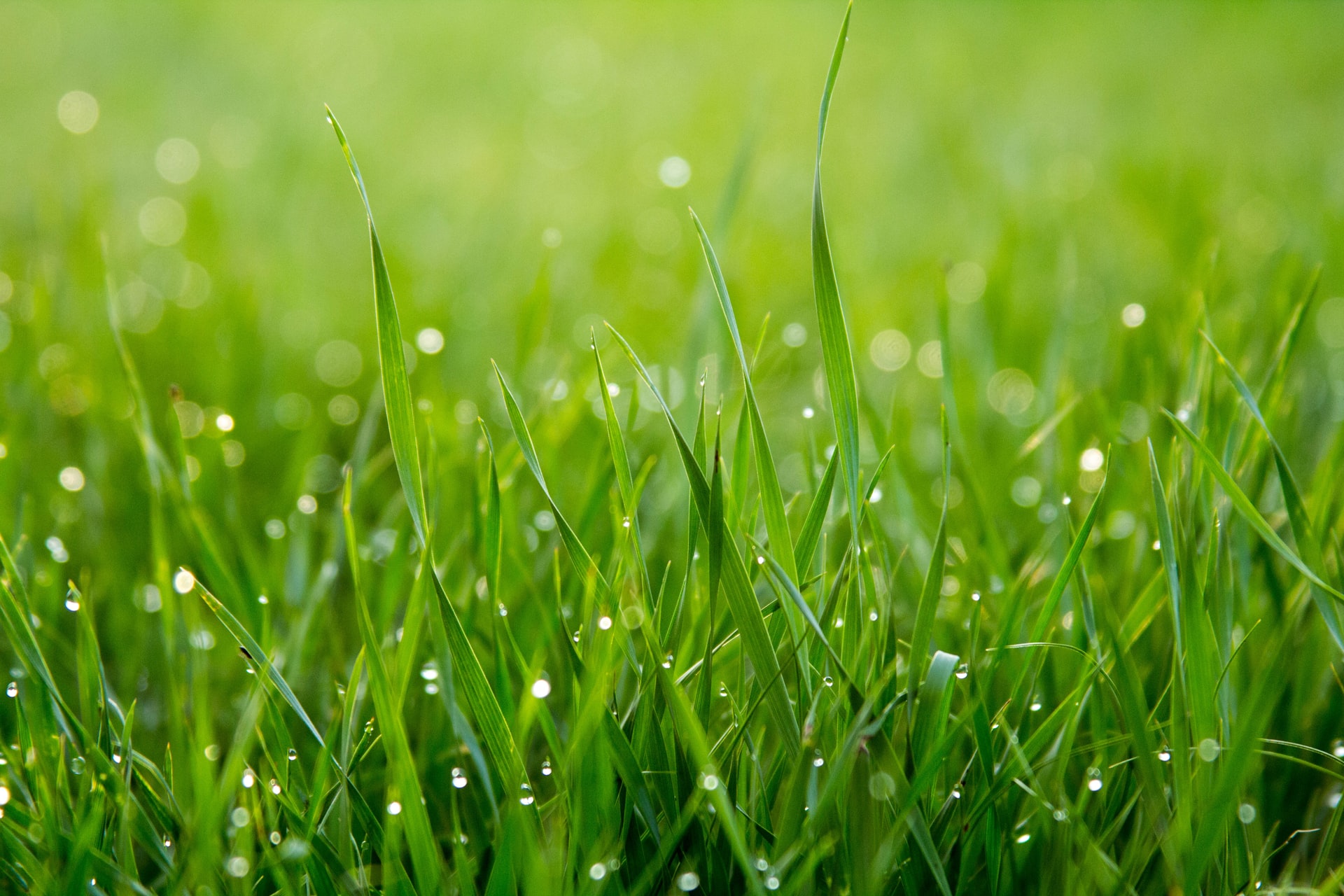When partially decomposed plant materials build up on the soil’s surface, a layer of thatch is formed, which can restrict the movement of air, water, and fertilizers in the soil.
St. Augustine grass lawns aren’t usually affected by thatching unless they were previously over-fertilized and mown infrequently.
Due to the infrequent nature of thatch-related problems with St. Augustine grass lawns, the dethatching of these lawns is a highly debated topic.
In this article, we will be discussing whether you should dethatch St. Augustine grass and the different methods you can go about doing so.
How to Properly Manage Your Thatch Layer?
As long as your thatch layer is less than 0.5 inches thick, it can actually be beneficial to your lawn. A thin layer of thatch can aid in moisture retention significantly.
Additionally, as the fallen leaves decompose, they actually return the nutrients stored in them back to the soil. These nutrients can then be reabsorbed and used by the plant.
The last added benefit that thatch provides is that as organic materials break down, the dark and crumbly topsoil used can actually kill off weeds.
However, in order to reap these benefits, you must have a healthy and properly maintained lawn. The lawn must be moist, aerated, and warm for the thatch layer to break down.
To ensure that these conditions are present, you should invest in a core aerator. This will introduce oxygen into the soil and provide the microorganisms in the soil with the proper conditions to break down the dead plant material.
A mulching blade may also be a useful tool to have handy. Thatch is broken down more easily if the grass clips are smaller. So, by using the mulching blade and mowing twice a week, you’ll be aiding the process of breaking down the dead plant material.
For best results, never cut off more than one-third of the growth.
An essential part of the decomposition process is moisture. This should be provided by a deep but infrequent irrigation schedule. This will help saturate the soil and keep the thatch moist.
When Should You Dethatch Your Lawn?
You should only really consider dethatching your lawn after it has left its dormant phase and begun to grow actively.
A good way to determine whether or not it’s time to begin dethatching is if your lawn has grown enough to be mowed. If your lawn can be mown, it can be dethatched. For St. Augustine lawns, this will be from mid to late spring.
If you want to get a head start, you could use a thatch rake during most of the growing season. A thatch rake won’t harm the stolons, but it’s better to give your plant enough time to produce a small layer of thatch before dormancy.
Why Are People Against Dethatching St Augustine Lawns?
Ideally, you should dethatch a St. Augustine lawn before the use of a machine is required. This is because it can destroy the grass. However, most people only notice that their lawn is suffering from a thatch problem after its already restricting growth quite tremendously.
This is why using a dethatching rake can maintain that thatch at a manageable level so that it aids in plant growth rather than hinder it.
There are other methods for dethatching such as using a power rake, but, in the case of St. Augustine grass, this may not be the best option because most power rakes only have two settings.
One of the settings is for bunch grass (the wide setting) and the other is for sod-forming grass (the narrow setting). Okay, so what’s the problem, exactly? mIsn’t St. Augustine a sod-forming grass?
Well, unlike most sod-forming grass, St. Augustine doesn’t produce rhizomes to help with its regeneration. So, the layer that was cut by the power rake won’t regenerate.
While, normally, dethatching needs a low mowing height, St. Augustine grass struggles if it’s cut more than 2.5 inches. This means that if you cut off a lot of the top growth of your St. Augustine grass, the chances your lawn will survive will be very low.
So, why do people advise against dethatching St. Augustine lawns all together? Well, while most professionals advise against detaching to prevent you from having to replace the whole lawn, what they are really advising against is the use of a power rake.
Difference Between Power Rakes and Dethatchers
Using a hand rake can be quite tedious and time-consuming. There are two machines that you can use for dethatching; a power rake or a dethatcher.
A lot of retailers sell power rakes and dethatchers interchangeably, so be careful not to mistake a power rake for a dethatcher. This is a mistake that could make or break your lawn.
The main difference between the two lies in when they should be used. A dethatcher is used more for prevention, while a power rake is a solution to a thatch problem.
However, it’s important to know when a lawn is beyond saving. If your thatch layer is more than a few inches thick, it might be time to just start again.
A dethatcher is also less aggressive than a power rake, making it the best machine to use for a St. Augustine lawn. This machine uses tines that pull the thatch up from the surface, making it less damaging to the stolons and will help your lawn recover quickly.
Note that dethatchers can be purchased as an attachment for your lawnmower.
Conclusion
Dethatching, if done correctly, is a very important part of maintaining your lawn. However, in order to obtain the desired results, it should be coupled with enough aeration and moisture.
To ensure a healthy grass lawn, be sure to use the correct dethatching tools. Hand rakes and dethatchers are the best options when it comes to St. Augustine. At all costs, you must avoid using a power rake.






